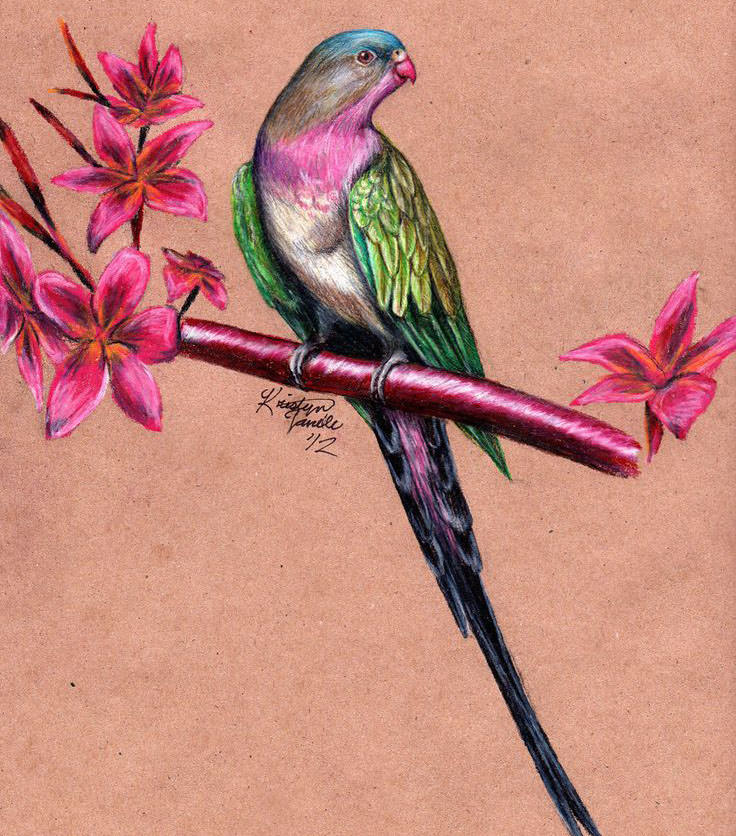Welcome to the captivating world of bird drawings with vibrant colours! In this informative article, we will guide you through the delightful journey of capturing the beauty and grace of birds using a colourful palette. Whether you are a seasoned artist or just beginning your artistic endeavours, this guide is designed to provide you with the necessary techniques and tips to bring your feathered friends to life on paper. From selecting the appropriate materials to understanding the anatomy of birds, we will cover everything you need to know to embark on this exciting artistic adventure.
As you delve into this article, you will discover the significance of selecting the right bird species for your drawing. From majestic eagles and shimmering hummingbirds to adorable sparrows and colourful parrots, the possibilities are endless. Each species offers unique characteristics and challenges that will test your artistic skills and creativity. Moreover, we will delve into the significance of colour theory and how to harmoniously blend various hues to create visually appealing and realistic bird illustrations.
Now that your artistic curiosity has been piqued, let us transition from the enchanting introduction to the comprehensive main content of this article, where we will delve deeper into the intricacies of bird drawing with colours.
Drawing of Birds With Colour
Capture the beauty of birds with vibrant hues.
- Choose the right bird species.
- Understand bird anatomy.
- Master colour theory.
- Use appropriate materials.
- Practice and patience.
With dedication and creativity, you can bring the beauty of birds to life on paper.
Choose the right bird species.
Selecting the appropriate bird species is a crucial step in creating a successful and enjoyable bird drawing experience. Consider the following factors when making your choice:
- Bird’s appearance:
Take into account the bird’s size, shape, and colour patterns. Choose a species that you find visually appealing and that you believe you can capture accurately with your artistic skills.
- Bird’s behaviour:
Think about the bird’s typical behaviours and habitats. Some birds, such as hummingbirds, are known for their fast and erratic movements, while others, such as owls, are often found perched motionless on branches. Consider choosing a bird species that exhibits behaviours that you find interesting and that you can effectively portray in your drawing.
- Bird’s availability:
If you plan to draw birds from life, select a species that is common in your area and that you can easily observe. This will give you ample opportunities to study the bird’s appearance and behaviours.
- Bird’s popularity:
Some bird species, such as eagles and cardinals, are more popular subjects for drawings than others. If you are new to bird drawing, you may want to start with a more common species before attempting to draw more challenging subjects.
Remember, the right bird species for your drawing is ultimately a matter of personal preference. Choose a bird that inspires you and that you are excited to draw. With practice and dedication, you can capture the beauty and grace of any bird species you choose.
Understand bird anatomy.
To accurately portray birds in your drawings, it is essential to have a basic understanding of their anatomy. Here are some key aspects of bird anatomy to focus on:
1. Body shape: Birds have a streamlined body shape that is adapted for flight. Their bodies are typically divided into three main sections: the head, the body, and the tail. The head is relatively small and round, and it houses the bird’s eyes, beak, and ears. The body is typically long and slender, and it contains the bird’s wings, legs, and internal organs. The tail is typically short and pointed, and it helps the bird to balance and steer while flying.
2. Wings: Birds’ wings are one of their most distinctive features. They are composed of a lightweight framework of bones, muscles, and feathers. The primary feathers, which are located at the tips of the wings, are responsible for generating lift during flight. The secondary feathers, which are located closer to the body, help to provide stability and control.
3. Legs and feet: Birds’ legs and feet are adapted for a variety of purposes, including walking, perching, and swimming. The legs are typically long and slender, and they are covered in scales. The feet have four toes, three of which are forward-facing and one of which is backward-facing. The backward-facing toe helps the bird to grip branches and other objects.
4. Beak: The beak is a bird’s primary tool for feeding. It is made of keratin, the same material that makes up human fingernails. The shape and size of the beak vary depending on the bird’s diet. For example, birds that eat seeds have short, strong beaks that are good for cracking open seeds. Birds that eat insects have long, slender beaks that are good for probing into crevices.
By understanding the basic anatomy of birds, you will be better equipped to draw them accurately and realistically. Pay close attention to the proportions and details of the bird’s body, wings, legs, feet, and beak. With practice, you will be able to capture the beauty and grace of birds in your drawings.

